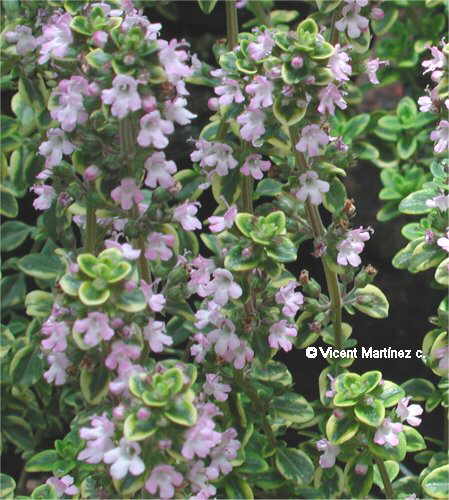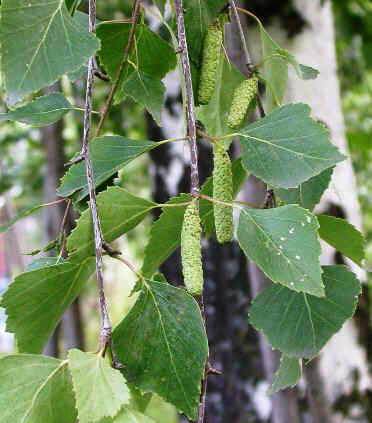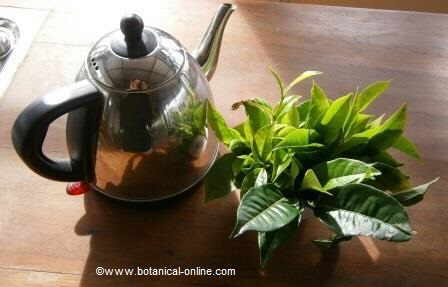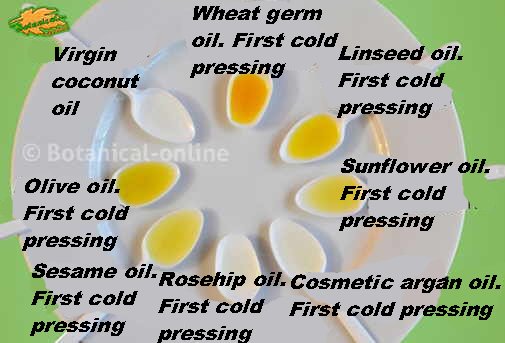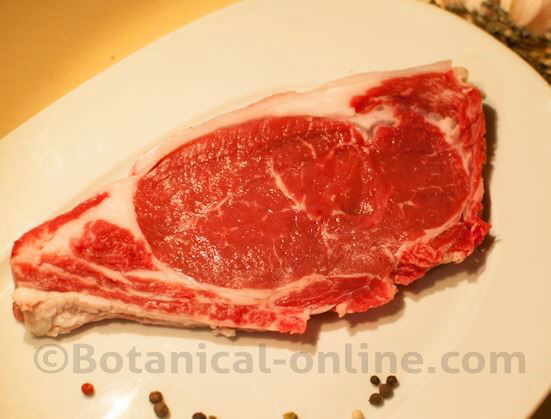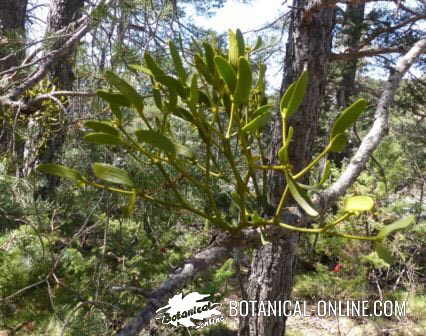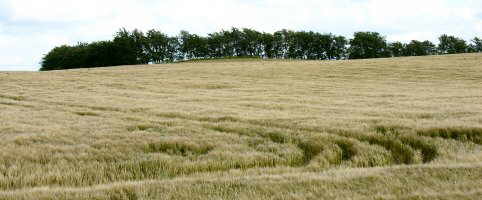Cassava or tapioca. Plagues and diseases.
Main cassava pests
The main pests that affect it are:
 Termites: They can eat the whole plant. Planting is recommended when the soil is moist. Remove dead branches or plant material and destroy termite mounds with the appropriate insecticide.
Termites: They can eat the whole plant. Planting is recommended when the soil is moist. Remove dead branches or plant material and destroy termite mounds with the appropriate insecticide.- Variegated grasshopper (Zonocerus variegatus) is characterized by its short wings that only reach the middle of the abdomen and by its striking green-yellowish color with spots of orange, white and yellow colors. It is a real pest in sub-Saharan Africa, especially when the soil begins to dry out for both cassava and corn. The only solution is to apply insecticide in large areas to control its expansion.
- Cassava mite (Mononychellus progresivus). Located for the first time in Brazil, it constitutes the main pest of this crop in Africa. It produces spots on young leaves that stop growing and fall. The best solution is the use of resistant varieties.
Main cassava diseases
The main diseases that affect cassava are:
- Brown leaf spot of cassava (Cercosporidium henningsii). It is a disease produced by fungi that affects the leaves causing their fall. It is characterized by the appearance of brown spots on the upper part of the leaf that spread, causing the leaf to turn yellow and fall. It is a type of fungus that reproduces best in conditions of high temperatures and 50% relative humidity. To control its appearance, planting is recommended immediately after the rains so that the plant reaches maturity in drier times. The use of resistant varieties is an effective preventive method as well as the more open planting that allows better ventilation. Chemical treatment methods can also be applied.
- White leaf spot of cassava (Phaeoramularia manihotis) It is another disease caused by fungi that develop in colder places with higher humidity. It is characterized by the presence of velvety brownish white or yellow spots that sink into the interior of the leaf. Early planting and dispersal of the plants is recommended so that they can dry out better. There are no varieties resistant to this disease.
- Glomerella manihotis: It produces spots on the leaves and cankers on the stems.
- Root enlargement of cassava: (Sphaceloma manihoticola) It is a fungus that produces distortion and cankers on the leaves, but what most characterizes it the most is the lengthening of the internodes, producing thin stems with little vigor. Plants drop leaves and die. It is a fungus that reproduces in rainy seasons. Treatment involves the removal of dead material to prevent further propagation, the use of resistant varieties that must be planted in times of less rain, and the rotation of cassava with legume crops.
- Oidium manihotis: This fungus produces a kind of velvety spot on the lower leaves of the plant that later turn into yellow spots. It needs a warm climate to thrive. Treatment requires the use of resistant varieties or the use of copper fungicides.
![]() More information on cassava
More information on cassava
This article was endorsed by Julián Masats - Technical agricultural engineer specialized in horticulture and gardening.

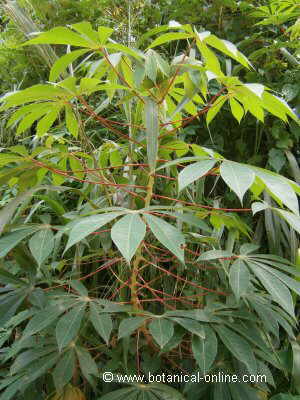 Termites: They can eat the whole plant. Planting is recommended when the soil is moist. Remove dead branches or plant material and destroy termite mounds with the appropriate insecticide.
Termites: They can eat the whole plant. Planting is recommended when the soil is moist. Remove dead branches or plant material and destroy termite mounds with the appropriate insecticide.